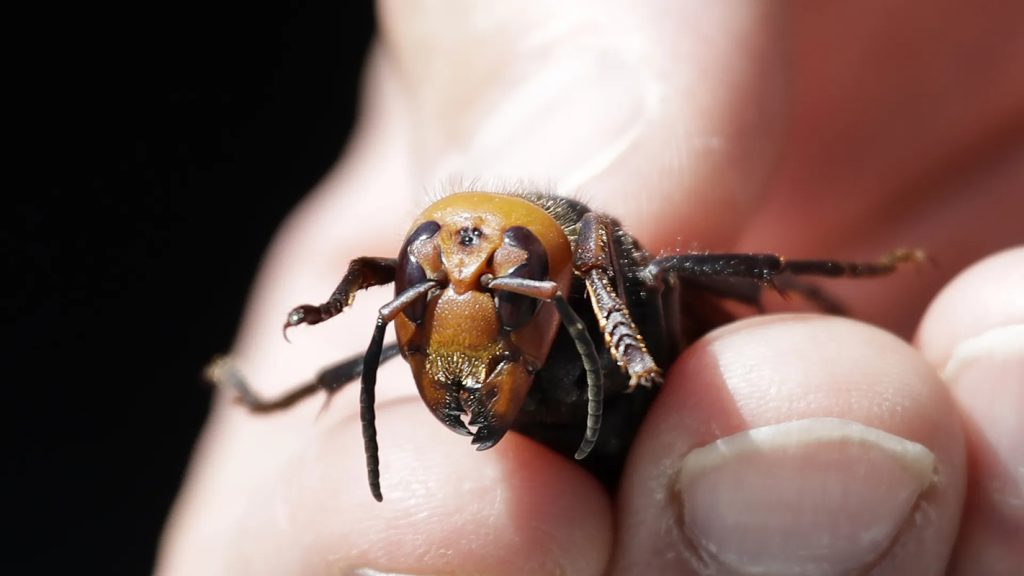The northern giant hornet, colloquially known as the “murder hornet,” has been officially eradicated from the United States, five years after it was first discovered in Washington state. Officials from the Washington State Department of Agriculture (WSDA) and the U.S. Department of Agriculture (USDA) announced the milestone on Wednesday, citing no confirmed detections of the species in the past three years.
10 Celebrity-Approved Slimming Secrets You Can Try Today!
Years of Collaborative Effort
The eradication represents the culmination of a coordinated, multi-year effort involving local, federal, and international agencies. Dr. Mark Davidson, Deputy Administrator at USDA’s Animal and Plant Health Inspection Service, described the achievement as a “landmark victory” in combating invasive species.
The Ultimate Top 10 Celebrity Anti-Aging Products
“The success of this effort demonstrates what’s possible when agencies and communities unite toward a common goal,” Davidson said in a statement.
WSDA Director Derek Sandison echoed the sentiment, lauding the dedicated work of the department’s team.
“I am incredibly proud of our team, which has dedicated years of hard work to safeguarding our state and the nation from this invasive threat to our native pollinators and agriculture,” Sandison said.
Avoid Home Invasions With These Essential Security Devices
Public Involvement Played a Crucial Role
State officials emphasized the critical role played by the public in the eradication process. Residents reported sightings that led to the discovery and elimination of murder hornet nests.
“Without the public’s support for this effort, it is unlikely we would be announcing the eradication of the northern giant hornet today,” said Sven Spichiger, WSDA’s pest program manager.
Spichiger noted that all confirmed nest detections were linked to public reports, highlighting the collaborative nature of the achievement.
Top 8 Must-Have Gaming Deals You Can’t Miss!
Tracking and Eradicating the Murder Hornets
The northern giant hornet, native to parts of Asia, including China and Japan, was first identified in North America in August 2019 in British Columbia, Canada. Four months later, a dead specimen was reported in Whatcom County, Washington.
Between 2020 and 2021, WSDA eradicated four hornet nests found in alder tree cavities in Whatcom County. Trapping efforts continued through 2024, with no further detections.
In October 2024, a possible hornet sighting in Kitsap County was reported by a community member, though the species could not be confirmed. Follow-up trapping and public outreach yielded no additional evidence.

Dark Chocolate Linked to Lower Risk of Type 2 Diabetes
“All we can say is that the image appears to be a hornet of some kind. How it came to be in Kitsap County, we don’t know,” Spichiger said.
As a precaution, WSDA plans to conduct trapping in the area in 2025.
The Threat to Pollinators
Had the northern giant hornet become established in the U.S., it could have posed a significant threat to pollinators, including honey bees, which are vital for agriculture and ecosystems. The hornets are known to destroy entire honey bee hives within 90 minutes. Their sting is also far more painful than that of a typical honey bee.
“By tackling this threat head-on, we protected not only pollinators and crops, but also the industries, communities, and ecosystems that depend on them,” Davidson said.
This eradication effort stands as a testament to the power of collaboration between government agencies and communities, ensuring the protection of the nation’s agriculture and natural ecosystems.

